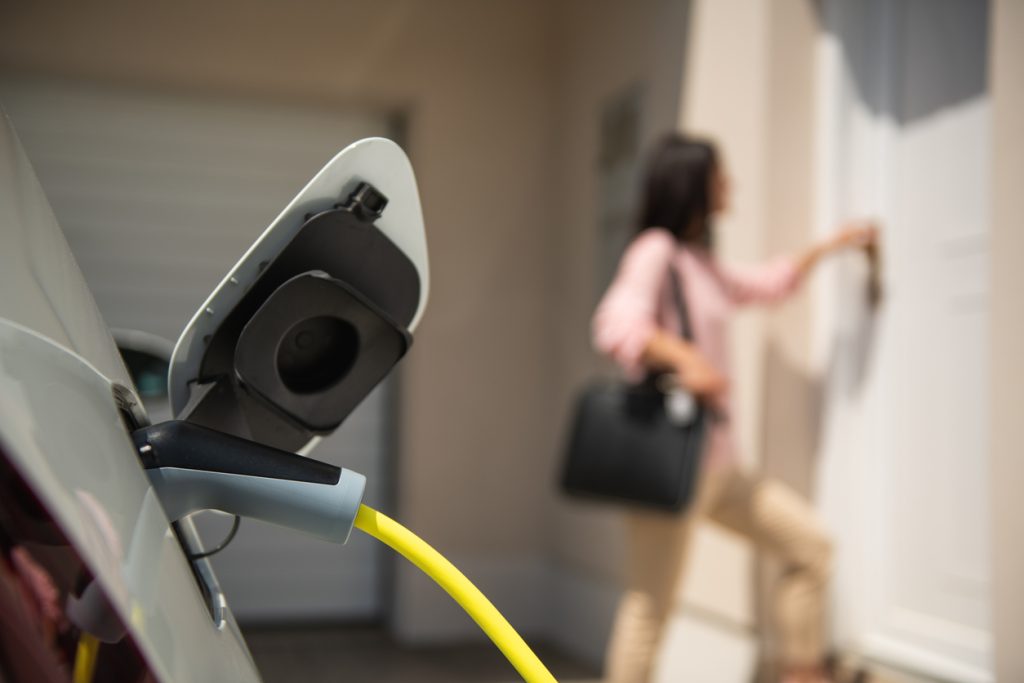The demand for residential EV charging stations has increased significantly. While installing an EV charging station at home is convenient, it is crucial to prioritize safety during the installation process.
Here are the best practices for residential EV charging station installation.
Conduct a Professional Electrical Assessment
Before installing an EV charging station, you need to have a professional assess your home’s electrical system. This assessment will help determine if your current electrical infrastructure can handle the additional load of an EV charger. It will also identify potential issues that need to be addressed before installation, such as outdated wiring or insufficient electrical capacity.
Choose a Certified and Compatible EV Charging Station
When selecting an EV charging station for your home, make sure to select a certified and compatible model. Look for chargers that meet safety standards such as UL certification. Ensure the charging station is compatible with your specific EV model, as different vehicles may require different charging connectors or power levels.
Hire a Licensed Electrician
It’s best to hire a licensed electrician with experience in EV charging station installations. A qualified electrician will have the expertise to handle the electrical wiring and connections required for the charger. They will also make sure all electrical work meets local building codes and regulations.
Install Ground Fault Circuit Interrupter (GFCI) Protection
A crucial safety feature for EV charging stations is installing GFCI protection. GFCIs protect against shock, and they quickly shut off the power if they detect a ground fault or imbalance in electrical current. It is essential to have GFCI protection installed for both the charger and any outdoor outlets used for charging.
Proper Cable Management
During installation, it is essential to implement proper cable management to minimize the risk of tripping hazards and cable damage. Secure the charging cables neatly, avoiding high-traffic areas and potential hazards. Use cable management systems like hooks or brackets to keep the cables organized and protected.
Provide Adequate Ventilation
EV charging stations generate heat during the charging process, especially at higher power levels. It is crucial to provide adequate ventilation to dissipate this heat and prevent overheating the charger. The installation location needs to allow for proper airflow around the charger, so avoid enclosed spaces or areas with restricted ventilation.
Maintenance and Inspections
Once the EV charging station is installed, it is essential to perform regular maintenance and inspections to ensure its ongoing safety and performance. Follow the manufacturer’s recommendations for maintenance tasks, such as cleaning the charging connectors and checking for any signs of wear or damage. Additionally, schedule periodic inspections by a licensed electrician to assess the overall condition and safety of the charging station.
Residential EV charging station installations offer a convenient and efficient way to charge electric vehicles at home. However, safety must be the top priority during the installation process. By following the practices outlined above, you can confidently promote the adoption of EVs. Contact our team at Secure Contractors for EV charger installation in El Paso, TX and the surrounding communities.

